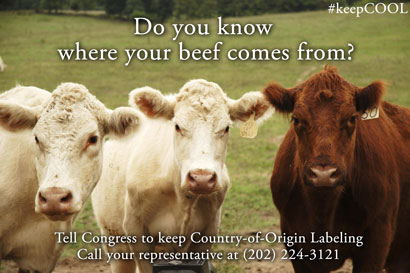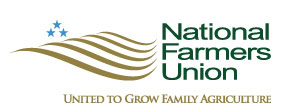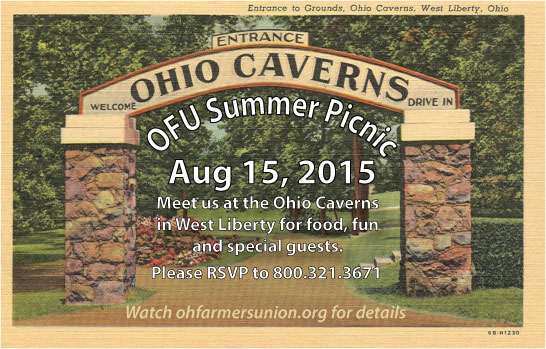 Sen. Chuck Grassley, R-IA, told an Iowa TV station last night that essentially there are two competing bills in the Senate regarding COOL, the Roberts full repeal and a bill that would replace the current mandatory COOL program with a voluntary program.
Sen. Chuck Grassley, R-IA, told an Iowa TV station last night that essentially there are two competing bills in the Senate regarding COOL, the Roberts full repeal and a bill that would replace the current mandatory COOL program with a voluntary program.
That brings us to today and a practical policy shift from the Ohio and National Farmers Union. I use the word shift, because ultimately what Farmers Union stands for is mandatory COOL. Picking the best of two bad options, Farmers Union is backing a bipartisan compromise bill being advanced by two key U.S. Senators and backed by our own Sen. Sherrod Brown.
Called the Voluntary Country of Origin Labeling (COOL) Act of 2015, the bill would allow the U.S. to avoid retaliatory tariffs by repealing the mandatory COOL law and replacing it with a voluntary program that will enable processors to voluntarily label meat products. The new COOL law would maintain the integrity of the label, ensuring that the product is actually “born, raised and slaughtered in the United States,” rather than just processed in the U.S. The bill is also known as the Stabenow-Hoeven bill for its sponsors, Sen. Debbie Stabenow, D-MI and Sen. John Hoeven, R-ND.
We are asking that our members adjust their own advocacy for COOL to reflect Farmers Union support for the Staebenow-Hoeven bill. We understand that this represents a change none of us is happy about, but we are even less happy about the prospect of losing COOL entirely. Remember, we’ve already lost in the House.



